Iran, officially the Islamic Republic of Iran (IRI), also known as Persia, is a country in West Asia. It borders Turkey to the northwest and Iraq to the west, Azerbaijan, Armenia, the Caspian Sea, and Turkmenistan to the north, Afghanistan to the east, Pakistan to the southeast, the Gulf of Oman and the Persian Gulf to the south. With a mostly Persian-ethnic population of almost 90 million in an area of 1,648,195 km2 (636,372 sq mi), Iran ranks 17th globally in both geographic size and population. It is the sixth-largest country entirely in Asia and one of the world’s most mountainous countries. Officially an Islamic republic, Iran has a Muslim-majority population. The country is divided into five regions with 31 provinces. Tehran is the nation’s capital, largest city and financial center.
A cradle of civilization, Iran has been inhabited since the Lower Palaeolithic. The large parts of Iran was first unified as a political entity by the Medes under Deioces in the seventh century BC, and reached its territorial height in the sixth century BC, when Cyrus the Great founded the Achaemenid Empire, one of the largest in ancient history. Alexander the Great conquered the empire in the fourth century BC. An Iranian rebellion established the Parthian Empire in the third century BC and liberated the country, which was succeeded by the Sasanian Empire in the third century AD. Ancient Iran saw some of the earliest developments of writing, agriculture, urbanisation, religion and central government. Muslims conquered the region in the seventh century AD, leading to Iran’s Islamization. The blossoming literature, philosophy, mathematics, medicine, astronomy and art became major elements for Iranian civilization during the Islamic Golden Age. A series of Iranian Muslim dynasties ended Arab rule, revived the Persian language and ruled the country until the Seljuk and Mongol conquests of the 11th to 14th centuries.
In the 16th century, the native Safavids re-established a unified Iranian state with Twelver Shi’ism as the official religion. During the Afsharid Empire in the 18th century, Iran was a leading world power, though by the 19th century, it had lost significant territory through conflicts with the Russian Empire. The early 20th century saw the Persian Constitutional Revolution and the establishment of the Pahlavi dynasty. Attempts by Mohammad Mosaddegh to nationalize the oil industry led to an Anglo-American coup in 1953. After the Iranian Revolution, the monarchy was overthrown in 1979 and the Islamic Republic of Iran was established by Ruhollah Khomeini, who became the country’s first Supreme Leader. In 1980, Iraq invaded Iran, sparking the eight-year-long Iran–Iraq War, which ended in stalemate.
Iran is officially governed as a unitary Islamic Republic with a Presidential system, with ultimate authority vested in a Supreme Leader. The government is authoritarian and has attracted widespread criticism for its significant violations of human rights and civil liberties. Iran is a major regional power, due to its large reserves of fossil fuels, including the world’s second largest natural gas supply, third largest proven oil reserves, its geopolitically significant location, military capabilities, cultural hegemony, regional influence, and role as the world’s focal point of Shia Islam. The Iranian economy is the world’s 19th-largest by PPP. Iran is an active and founding member of the United Nations, OIC, OPEC, ECO, NAM, SCO and BRICS. Iran is home to 28 UNESCO World Heritage Sites, the 10th highest in the world, and ranks 5th in Intangible Cultural Heritage, or human treasures.
History
Iran is home to one of the world’s oldest continuous major civilizations, with historical and urban settlements dating back to 4000 BC.[ The western part of the Iranian plateau participated in the traditional ancient Near East with Elam (3200–539 BC), and later with other peoples such as the Kassites, Mannaeans, and Gutians. Georg Wilhelm Friedrich Hegel called the Persians the “first Historical People”. The Iranian Empire began in the Iron Age with the rise of the Medes, who unified Iran as a nation and empire in 625 BC. The Achaemenid Empire (550–330 BC), founded by Cyrus the Great, was the largest empire the world had seen, spanning from the Balkans to North Africa and Central Asia. They were succeeded by the Seleucid, Parthian, and Sasanian Empires, who governed Iran for almost 1,000 years, making Iran a leading power once again. Persia’s arch-rival during this time was the Roman Empire and its successor, the Byzantine Empire.
Iran endured invasions by the Macedonians, Arabs, Turks, and Mongols. Despite these invasions, Iran continually reasserted its national identity and developed as a distinct political and cultural entity. The Muslim conquest of Persia (632–654) ended the Sasanian Empire and marked a turning point in Iranian history, leading to the Islamization of Iran from the eighth to tenth centuries and the decline of Zoroastrianism. However, the achievements of prior Persian civilizations were absorbed into the new Islamic polity. Iran suffered invasions by nomadic tribes during the Late Middle Ages and early modern period, negatively impacting the region. Iran was reunified as an independent state in 1501 by the Safavid dynasty, which established Shia Islam as the empire’s official religion, marking a significant turning point in the history of Islam. Iran functioned again as a leading world power, especially in rivalry with the Ottoman Empire. In the 19th century, Iran lost significant territories in the Caucasus to the Russian Empire following the Russo-Persian Wars.
Iran remained a monarchy until the 1979 Iranian Revolution, when it officially became an Islamic republic on 1 April 1979. Since then, Iran has experienced significant political, social, and economic changes. The establishment of the Islamic Republic of Iran led to the restructuring of its political system, with Ayatollah Khomeini as the Supreme Leader. Iran’s foreign relations have been shaped by the Iran–Iraq War (1980–1988), ongoing tensions with the United States, and its nuclear program, which has been a point of contention in international diplomacy.
Since the 1990s
In 1989, Akbar Rafsanjani concentrated on a pro-business policy of rebuilding the economy without breaking with the ideology of the revolution. He supported a free market domestically, favoring privatization of state industries and a moderate position internationally. In 1997, Rafsanjani was succeeded by moderate reformist Mohammad Khatami, whose government advocated freedom of expression, constructive diplomatic relations with Asia and the European Union, and an economic policy that supported a free market and foreign investment.
The 2005 presidential election brought conservative populist and nationalist candidate Mahmoud Ahmadinejad to power. He was known for his hardline views, nuclearisation, and hostility towards Israel, Saudi Arabia, the UK, the US and other states. He was the first president to be summoned by the parliament to answer questions regarding his presidency. In 2013, centrist and reformist Hassan Rouhani was elected president. In domestic policy, he encouraged personal freedom, free access to information, and improved women’s rights. He improved Iran’s diplomatic relations through exchanging conciliatory letters. The Joint Comprehensive Plan of Action (JCPOA) was reached in Vienna in 2015, between Iran, the P5+1 (UN Security Council + Germany) and the EU. The negotiations centered around ending the economic sanctions in exchange for Iran’s restriction in producing enriched uranium. In 2018, however, the US under Trump Administration withdrew from the deal and new sanctions were imposed. This nulled the economic provisions, left the agreement in jeopardy, and brought Iran to nuclear threshold status. In 2020, IRGC general, Qasem Soleimani, the 2nd-most powerful person in Iran, was assassinated by the US, heightening tensions between them. Iran retaliated against US airbases in Iraq, the largest ballistic missile attack ever on Americans; 110 sustained brain injuries.

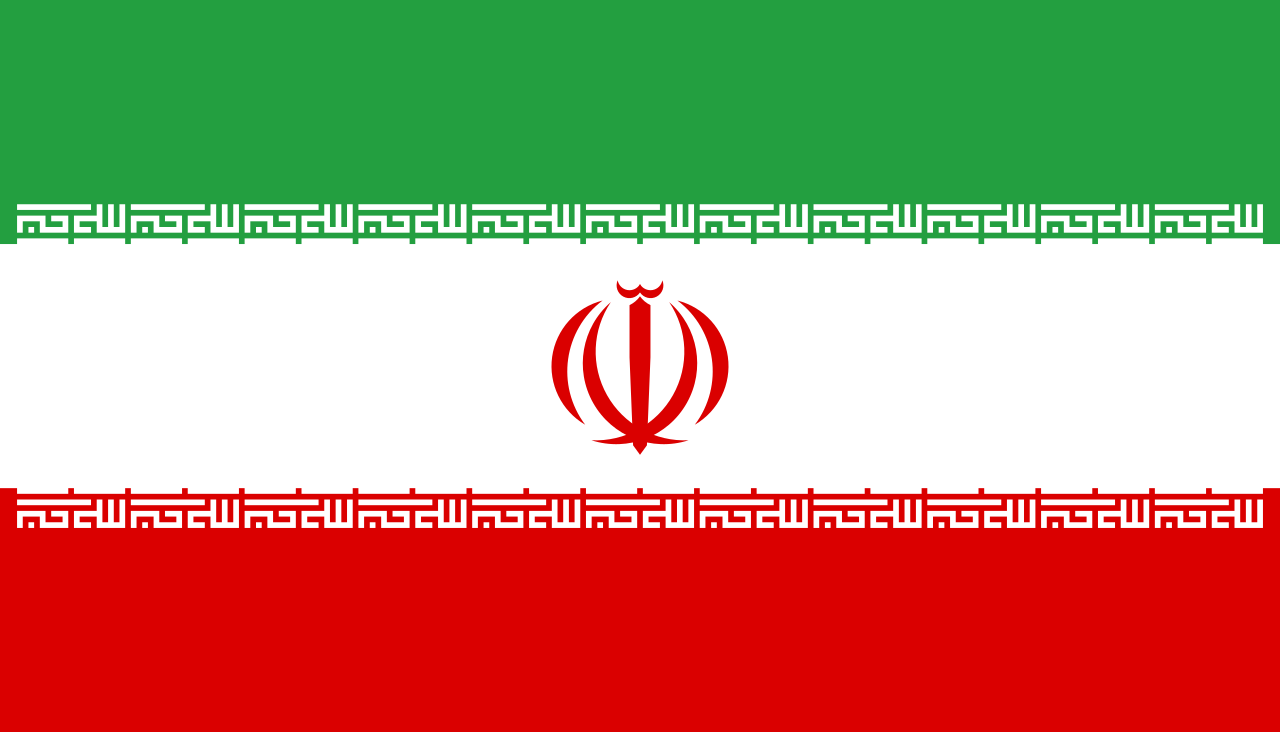
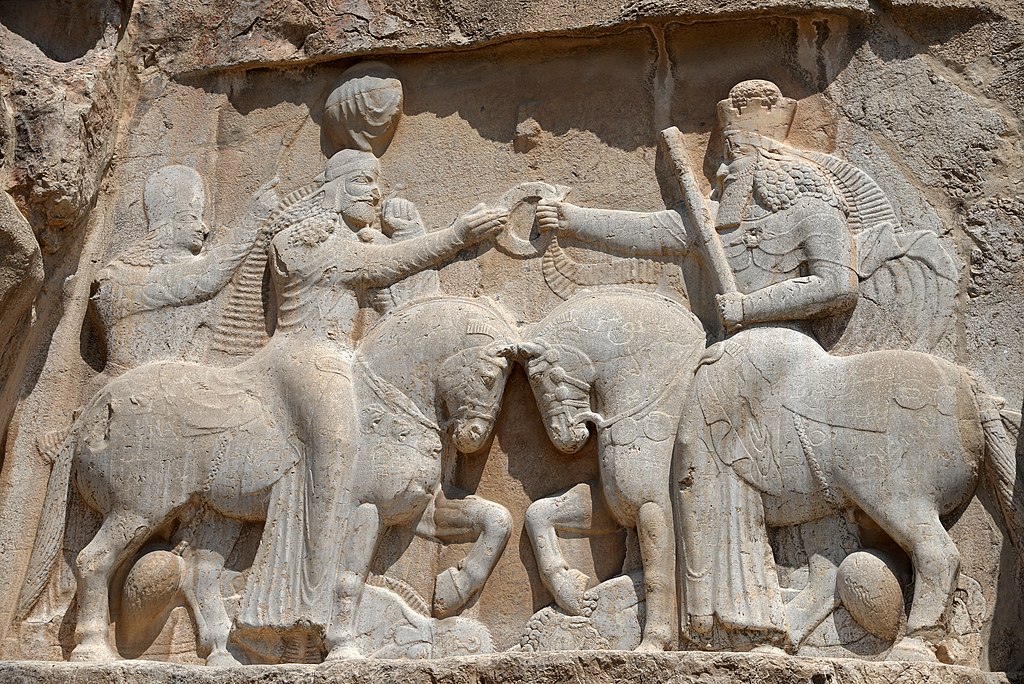

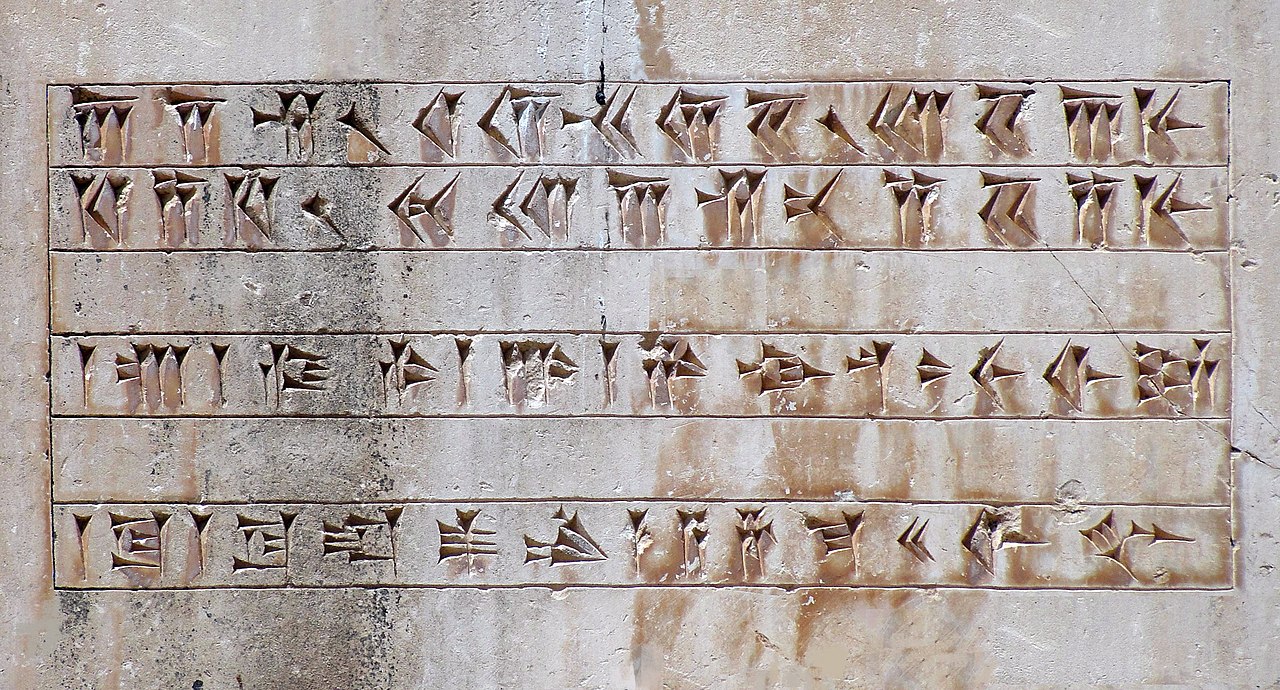
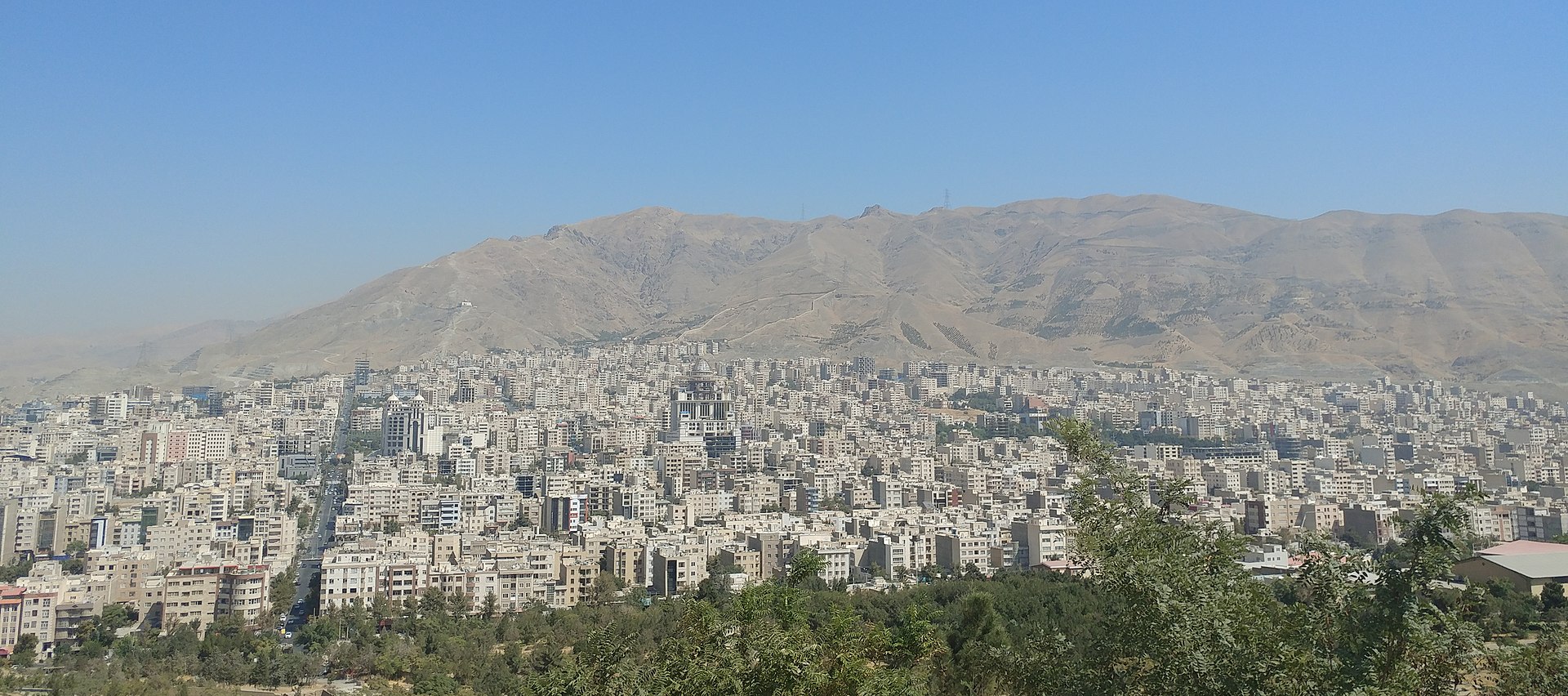
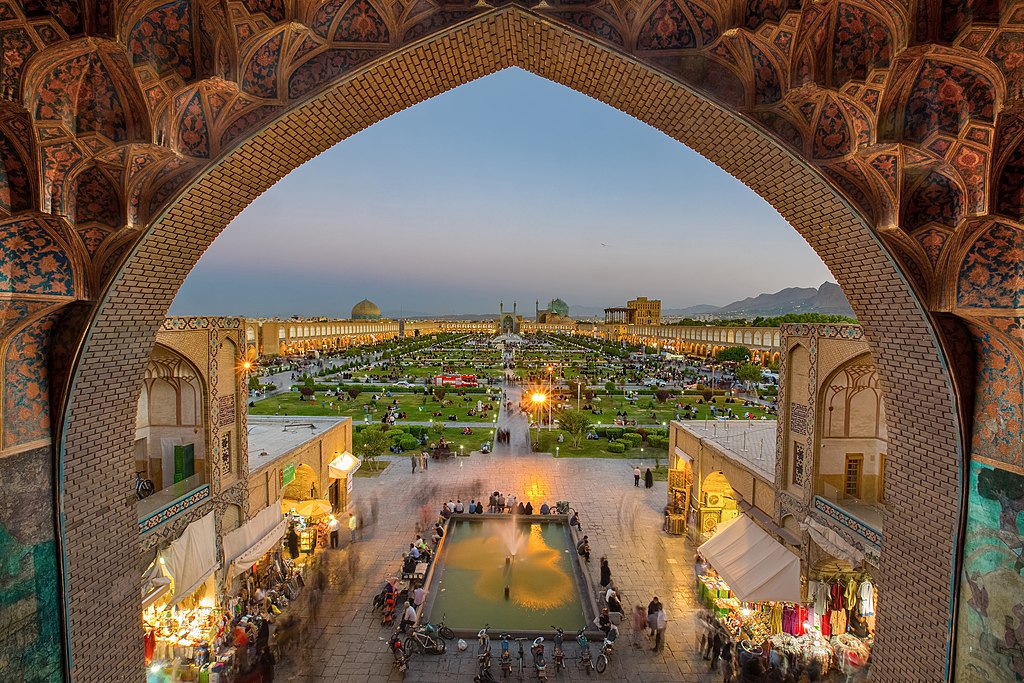

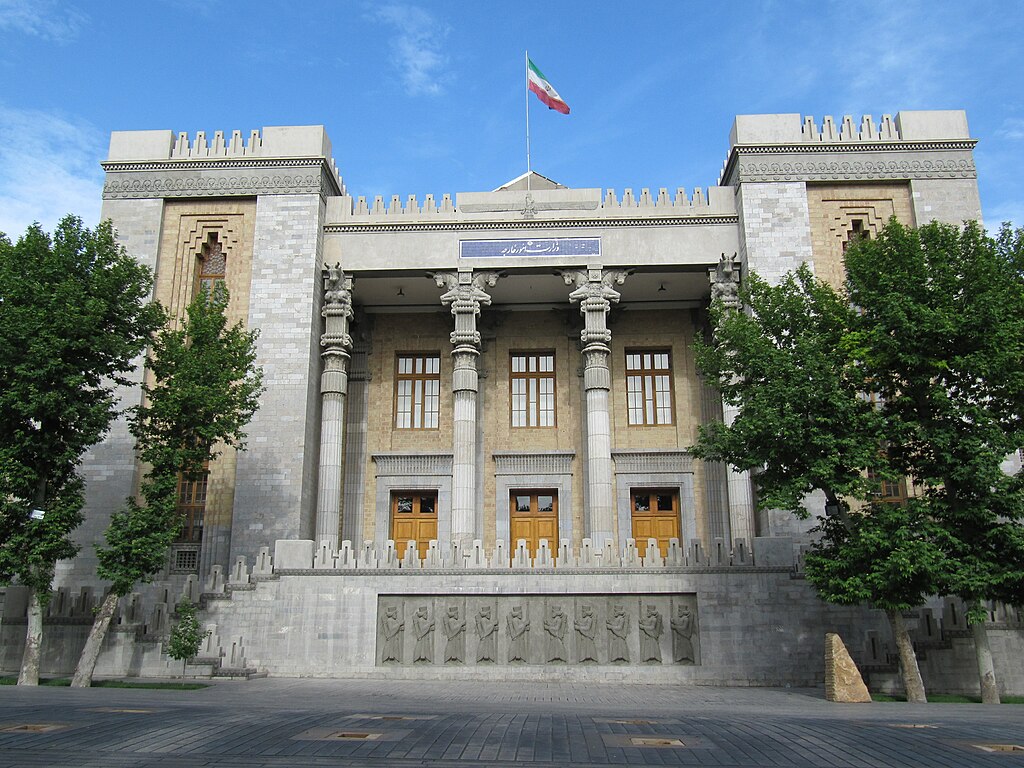
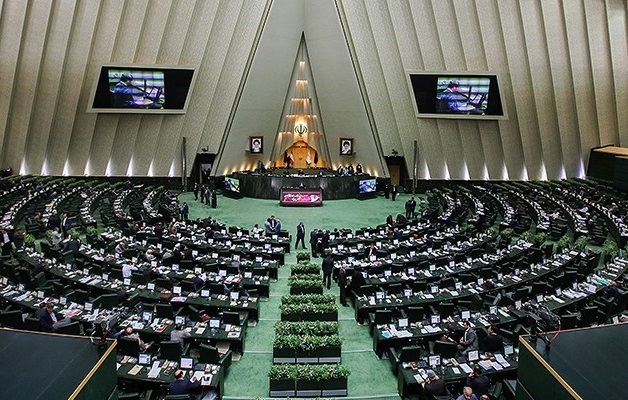
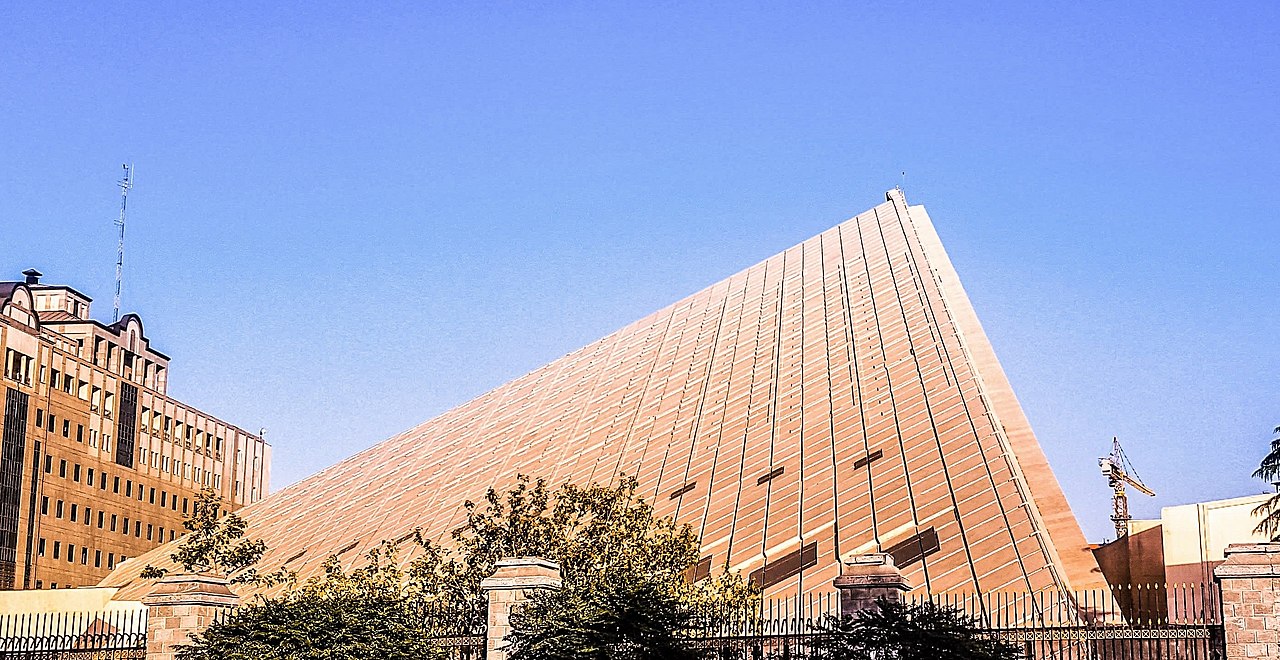
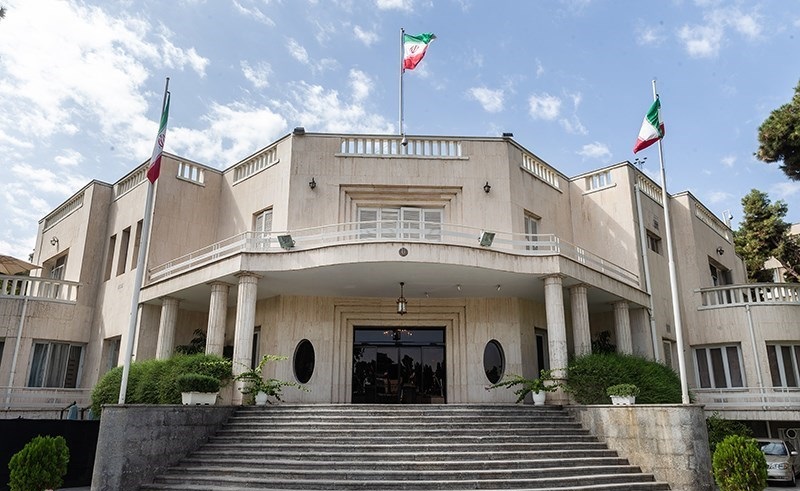
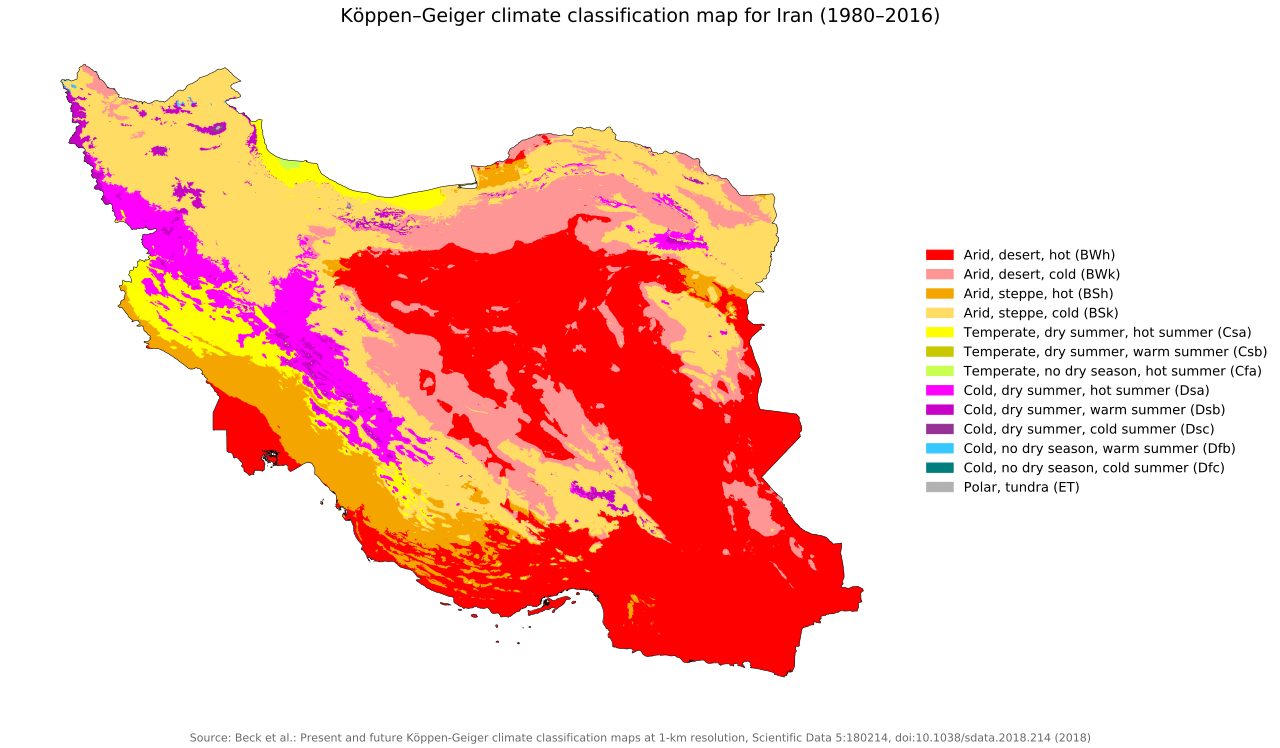

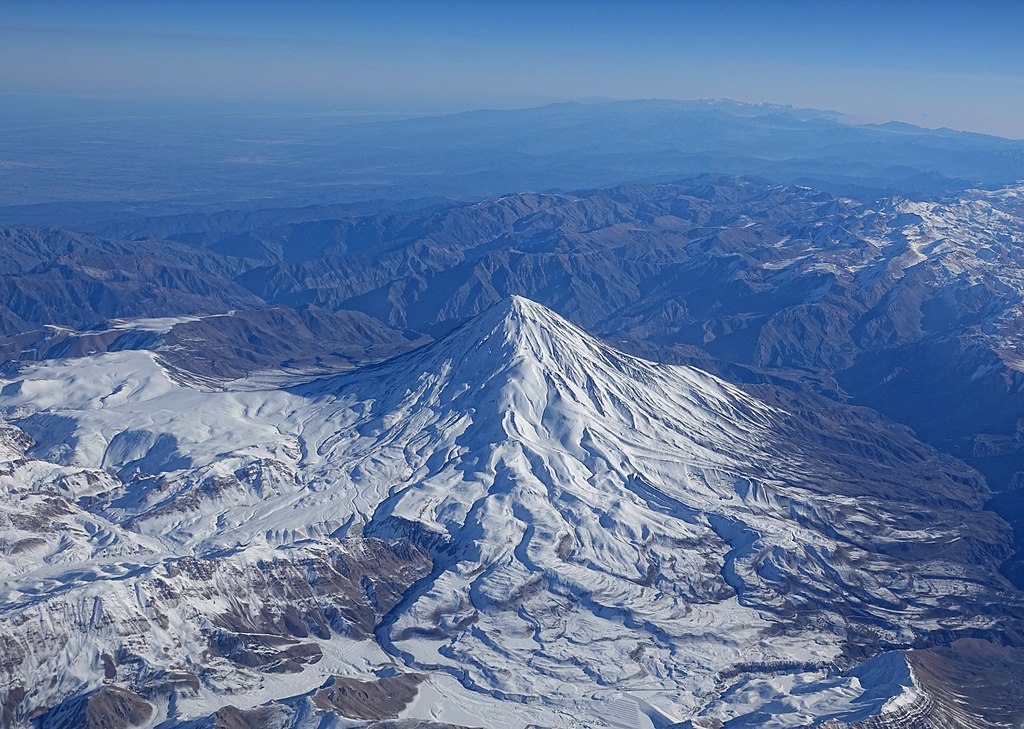
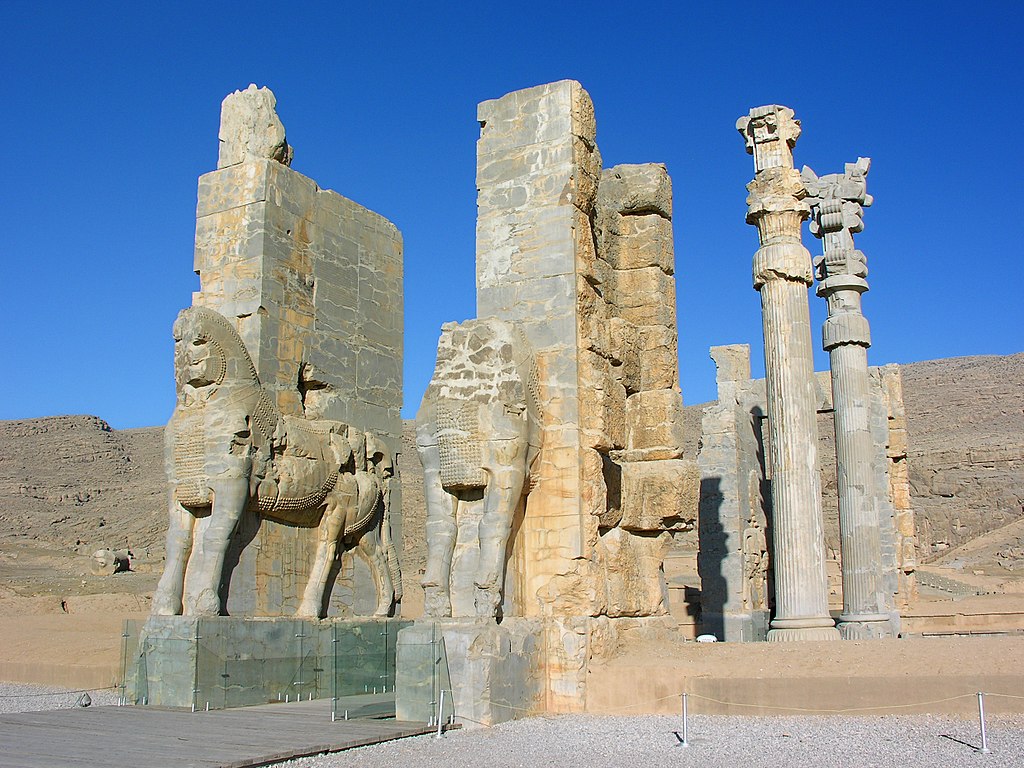
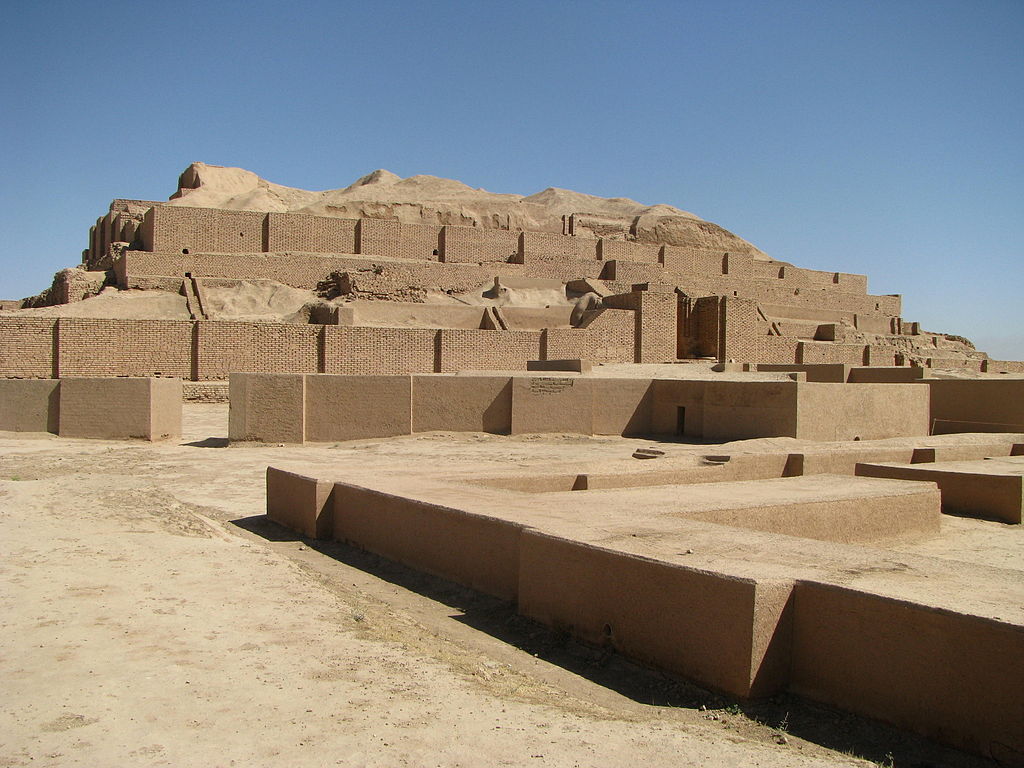






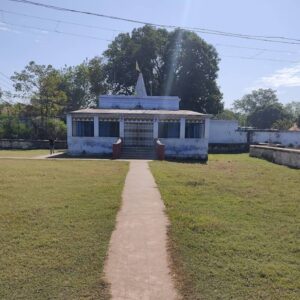


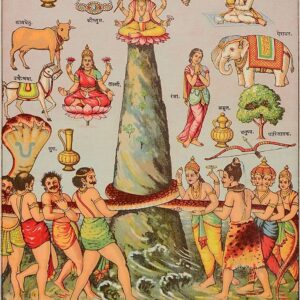

Reviews
There are no reviews yet